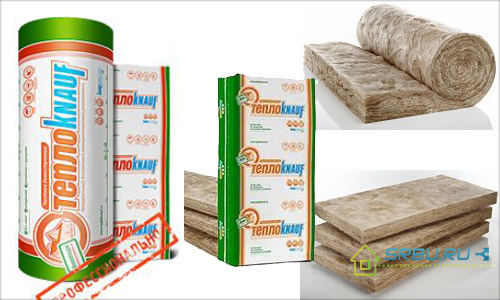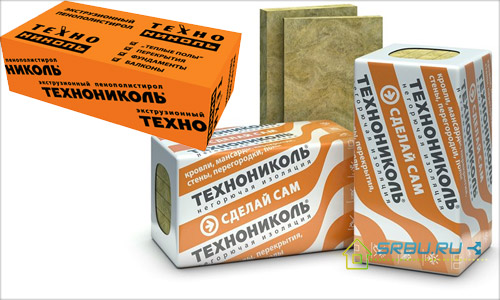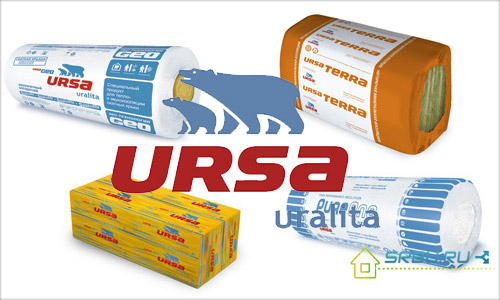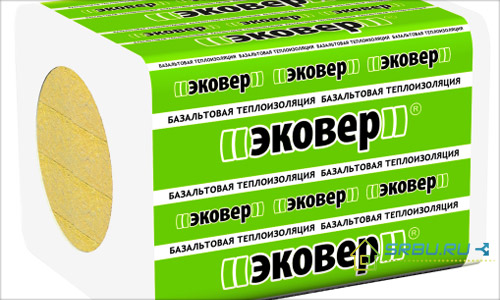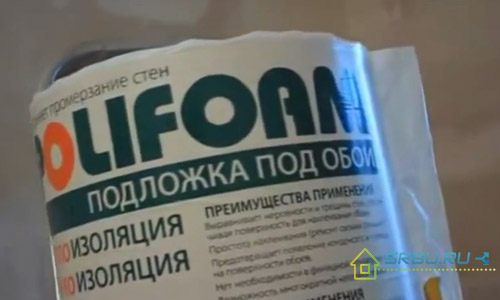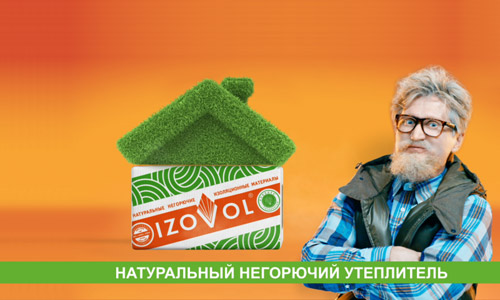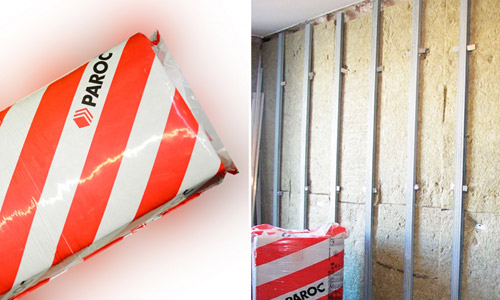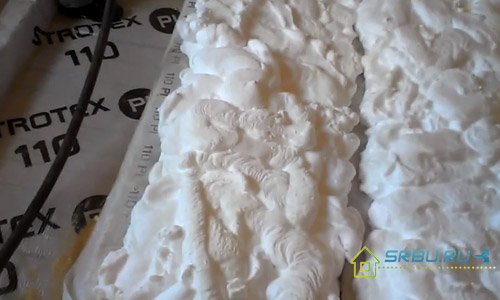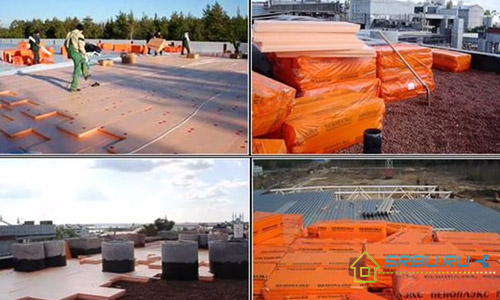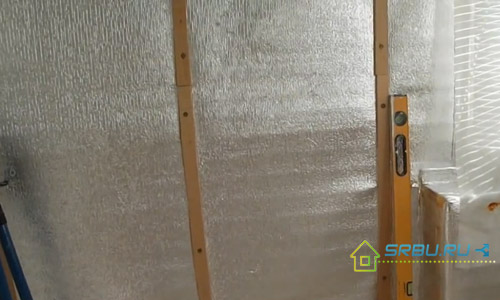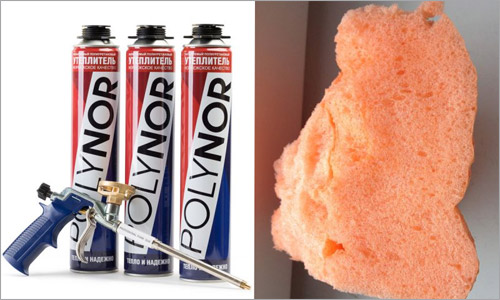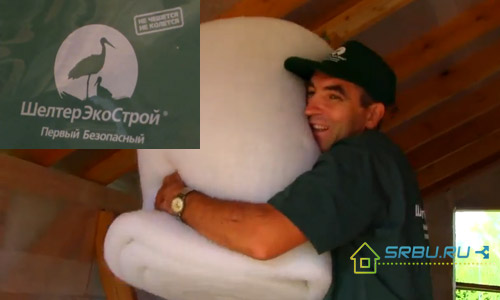Heaters Izover
Insulating materials Izover are made on the basis of fiberglass. Mineral fibers have a special non-hygroscopic structure. The material contains air at the weave of the fibers. Therefore, Izover protects the room from temperature changes and sounds. The insulation may collect moisture, but it does not linger inside the fibers. So that condensation does not accumulate inside the floors, during the installation of Izover, technological gaps must be provided for the removal of moisture.
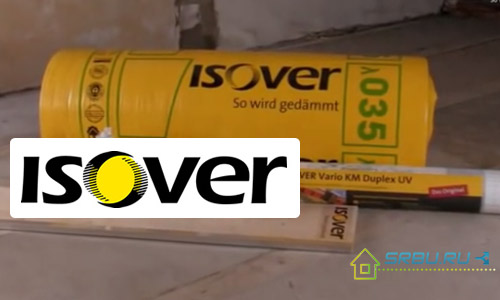
Reviews about the insulation Izover are mixed. Most often they compare it with the analogs of ROCKWOOL and URSA, since the thermophysical characteristics of all three brands differ slightly. When cladding with Isover, experts strongly recommend that between the cladding and the insulator use hydro- and windproof membranes, and also leave a ventilated gap to remove moisture from the insulation.
Advantages of Izover:
- is issued in the form of plates and a rolled cloth;
- does not hold water;
- qualitatively protects the structure in severe frosts;
- holds the form well inside the ceiling;
- durable
- optimally suited for the protection of floors without mechanical stress.
Disadvantages:
- During the installation of Izover, small particles of fiberglass stick to clothes and fly in the air. Therefore, it is necessary to protect the eyes and nose, as well as exposed skin. When it comes into contact with the skin, micro particles of fibers do not wash off, causing itching for a long time.
- When wet, they lose their original heat-insulating properties, therefore it is necessary to protect the insulator from moisture.
- The material is unstable to mechanical stress.

